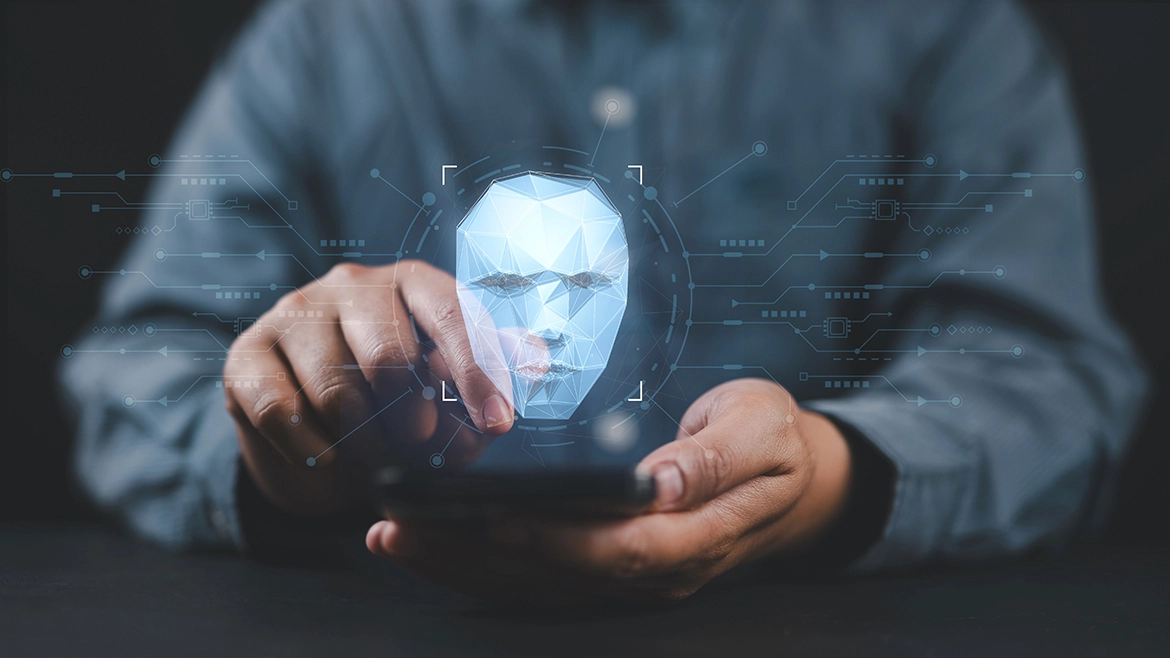While Artificial Intelligence (AI) has opened doors to medical breakthroughs, personalized services, and countless efficiency gains, it has also paved the way for darker applications—namely, deepfakes and misinformation. By using advanced machine learning algorithms to generate lifelike images, audio, and video, malicious actors can create convincing falsehoods that can be used to spread propaganda, manipulate public opinion, and even incite violence.
Deepfake technology relies on neural networks to learn facial features, mannerisms, and voice patterns from vast data sets. This allows AI models to seamlessly swap faces, alter facial expressions, or mimic a person’s voice with astonishing precision. The results can be eerily realistic videos of politicians, celebrities, or influencers saying or doing things that never actually occurred. In the wrong hands, these fabricated pieces of media can sow doubt, fuel rumors, and erode trust—particularly in societies where the spread of misinformation is already a significant challenge.
One of the most troubling aspects of deepfake technology is how easily it can be weaponized. During elections, for instance, fabricated videos of candidates making inflammatory statements could go viral before fact-checkers have time to intervene. Similarly, corporations and individuals might find themselves targeted by deepfake scandals, facing reputational damage with little immediate recourse. Additionally, the technology’s accessibility—thanks to open-source libraries and user-friendly interfaces—means that even amateur creators can produce high-quality deepfakes without specialized expertise.
Beyond deepfakes, AI-driven misinformation campaigns leverage natural language processing to generate hyper-realistic text at scale. From automated social media posts and fake news articles to entire forums of AI-generated chatter, these systems can inundate online spaces with misleading narratives. This deluge of content can create a false consensus, leading users to believe a particular viewpoint is widely held or that certain events have transpired.
Addressing these threats requires a multi-pronged approach. First, researchers and tech companies are developing sophisticated detection tools that analyze inconsistencies in lighting, pixelation, or voice inflections to identify deepfakes. Second, collaborations between governments, social media platforms, and fact-checking organizations are crucial to establishing reliable content verification mechanisms. Education also plays a vital role—media literacy programs can help the public recognize telltale signs of manipulated content and adopt a more skeptical stance when consuming digital media.
Ultimately, AI’s ability to create convincing fakes underscores the technology’s paradoxical nature: it can be harnessed for groundbreaking innovation, or it can be exploited for deception. Mitigating the risks requires vigilance, transparent governance, and ongoing efforts to arm individuals with the critical thinking skills needed to navigate the digital landscape.


